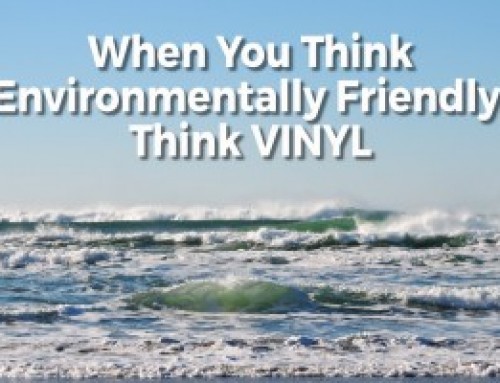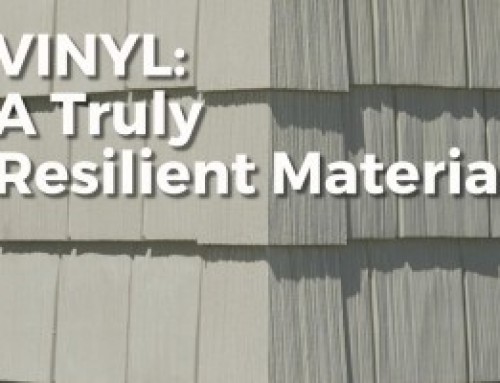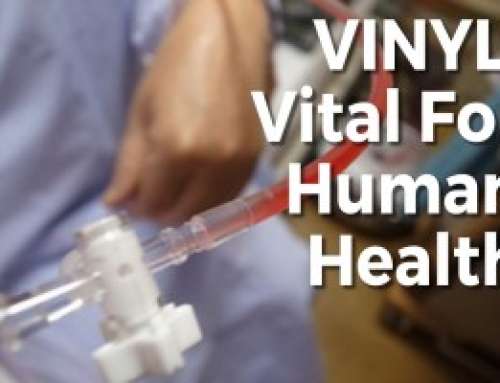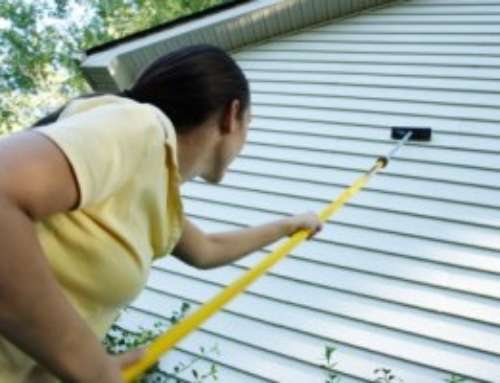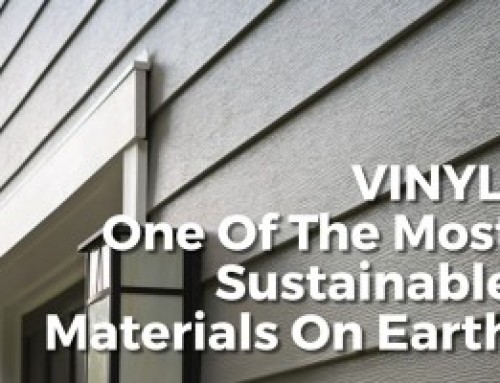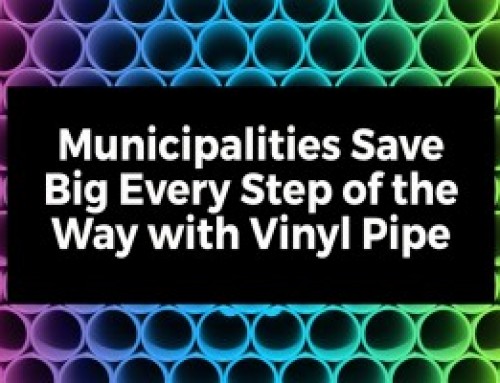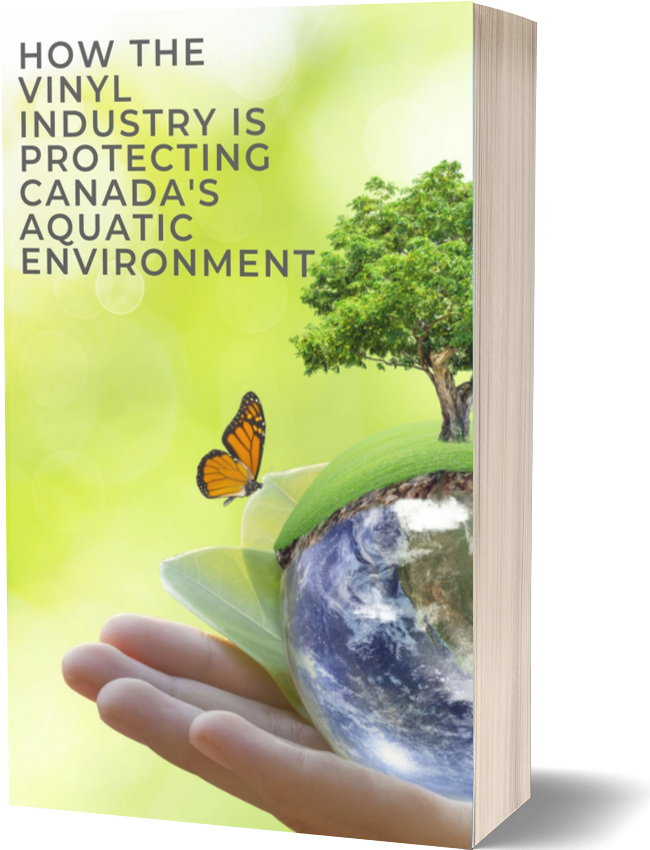VINYL /PVC PIPE
Safe and Beneficial to Public Health
Vinyl or PVC pipe is one of the safest and most tested materials used in North America. For over 60 years, every aspect of its production, use and disposal has been evaluated and approved by government and independent certification and testing agencies.
It meets or exceeds all required health and safety standards and regulations governed by the U.S. and Canadian Safe Drinking Water Acts, model plumbing codes, and other international statutes. Its manufactures monitored by independent third party agencies like NSF International. Governmental bodies like the U.S. Environmental Protection Agency (EPA) ensure its safety through mandatory regular testing.
Additionally, organizations like the U.S. Food and Drug Administration (FDA) and Consumer Product Safety Commission (CPSC) have confirmed that PVC is a safe product.
Clean and Safe
PVC is approved for use around the world in water distribution and transmission, consumer products and medical applications. It is so safe that it is used for intravenous medical tubing, and it is the pipe of choice for ecologically sensitive environments like salt water aquariums, which must use the most inert and safest pipe materials available.
Its smooth, non-corrosive surface stays clean even after decades of use, unlike that of iron pipe which suffers from tuberculation, a form of internal corrosion and bio-film contamination which can limit flow, increase pumping energy and be a breeding ground for bacteria.
The town of Walkerton, Ontario provides a case in point. In 2000, E-coli had infiltrated the municipality’s iron-pipe water network, and purging it from the system was extremely difficult. Only after repeated and costly flushing with super-chlorination was the piping system safe to use again. Today, Walkerton, now part of the Municipality of Brockton, is replacing all its iron pipes with PVC.
The Real Science on PVC
Despite its proven safety record and meticulous monitoring, ill-informed and unscientific allegations about PVC persist.
Claims that it’s toxic have been refuted by the scientific community. The evidence shows it neither leaches chemicals like lead, cadmium, BPA or plasticizers, nor does it release harmful organotins, nor pose major hazards in its manufacture, use and disposal, nor create a dangerous bio-film, nor form dioxins as water passes through, etc.
Moreover, it’s impossible for PVC pipe to leach plasticizers, BPA, lead or cadmium, since these aren’t even used in its manufacture nor are they part of its compound formulation.
Finally, dioxin is not a concern with PVC pipe, and claims that PVC manufacturing is a major dioxin polluter are also false. Forest fires, backyard burning and other manufacturing processes are the major contributors of dioxin.
More Than One Million Miles of Safe Water Transmission
Over 40,000 North American water utilities use PVC pipe today, and more than one million miles are in service – or about 78 percent of all new drinking water distribution pipes installed on the continent. Some 10 million quality control tests have been conducted on water carried through PVC pipe since it was introduced in North America and around the world. All of them confirm the product is safe and beneficial to public health.
MUNICIPAL PVC LARGE DIAMETER PIPE
PVC piping is a more sustainable product than other piping materials, making it the product of choice and ideal for long-term term use in underground infrastructure.
A study by Utah State University’s Buried Structures Laboratory supports a PVC pipe design life of 100+ years or greater.
It requires less energy and fewer resources to manufacture than legacy old-technology materials, and its production creates virtually no waste.
It is produced with sustainable and abundant resources: chlorine, which is derived from common salt, and domestically produced natural gas.
Municipalities using PVC piping have experienced life cycle costs at 30% to 70% less than those of metallic pipe.
PVC’s corrosion resistance also helps reduce water main breaks, conserving water and reducing risks to the drinking water supply
Utah State University’s Buried Structures Laboratory found PVC pipes have the lowest break rates compared to other pipe materials including ductile iron, cement and cast iron.
The European Plastic Pipes and Fitting Association (TEPPFA) found PVC sewer pipe could be installed 30% faster than conventional pipes.
Water Infrastructure
Vast networks of aging underground iron and cement pipes are nearing or past their useful lives
7 billion gallons of water are leaking out of aging iron and cement pipes each year
American Society of Civil Engineers’ gave the nation’s water infrastructure a “D+” grade, reveals that there are an estimated 240,000 water main breaks per year in the U.S.
S. cities with the worst leakage problems between 2000 and 2010: Atlanta came up on top, with 31.4% of water lost, followed by Cleveland at 28.7%, Philadelphia at 26.5%, Pittsburgh at 26%, Detroit at 15.9% and New York City at 14.2%.
AWWA reports: “Restoring existing water systems as they reach the end of their useful lives and expanding them to serve a growing population will cost at least $1 trillion over the next 25 years.”
PLASTIC PIPE AND FITTINGS IN BUILDINGS
The Plastic Pipe and Fittings Association (PPFA) represents plastic piping, including vinyl piping, such as PVC and CPVC used under the building codes. PPFA has long supported sustainable building practices and the principle that standards and rating systems for sustainable, green building should be developed using an ANSI accredited process. Such standards and rating systems should utilize Life Cycle Assessments (LCA) that cover a broad range of construction materials and techniques, or, in the absence of full LCA information, Environmental Product Declarations (EPD) or multi-attribute certifications that account for relevant product attributes across the life cycle. Such attributes should be determined using an industry based consensus process conducted by stakeholders specific to each product category or type.
PPFA supports the conservation and protection of natural resources. Its Sustainable Piping Systems Committee coordinates all Association activities and programs to achieve sustainability goals, including our industry-leading Sustainable Manufacturing Certification Program.
For reliable, safe, cost-effective, energy-conscious building materials, plastic piping should be part of your next set of job specifications..
Here are more reasons to use plastic piping:
Safe, reliable, durable
Starting with its own low-energy manufacturing process and continuing through delivery, installation and long-term durability, plastic piping delivers the qualities you except from modern, 21st century products.
Durable
Vinyl plastic piping does not corrode or rust, and has a significantly greater life expectancy than metal counterparts. Plastic piping is not degraded by underground water and soil, nor by contaminants or acidity in waste or sewage passing through it. The physical characteristics of installed plastic piping changes very little over time. Examinations of plastic piping samples show no measurable degradation after 50 years or more of service.
Safely delivers water, waste or chemicals
Plastic piping is an effective weapon in the war against disease. Because plastic piping is not subject to pitting and corrosion, it safely contains and delivers,and effectively removes water, waste, or chemicals without contamination. Plastic piping is the ideal choice to convey chemicals for water treatment and for many other processes.
Easy to install & meets building code requirements nationwide
Plastic piping systems weigh less and install quicker than metal piping. The savings in energy, freight charges, manpower, and more simple hoisting and rigging equipment, mean significant savings in time, energy and costs for each project utilizing plastic piping systems.
Plumbing and building codes govern the use of construction products and their methods of installation. All model codes allow plastic piping.
Third party certified to meet health and safety standards
Plastic piping products designed to deliver potable water are certified to meet the requirements of ANSI/NSF Standard 61, an industry-leading standard that addresses relevant health issues and protects the user from unwanted and dangerous contaminants through comprehensive risk analysis.
Enables green building systems
Plastic piping such as PVC and CPVC are vital to sustainable systems such as rainwater harvesting, gray water reuse, subsurface irrigation, and residential fire sprinkler systems.
Clean, low-energy manufacturing
The energy efficiencies of manufacturing plastic pipe and fittings also conserves resources. In fact, the manufacture of plastic pressure piping used in the building, construction, and transportation industries required 56,497 trillion fewer BTUs than iron and concrete/aggregate alternatives.*
Because plastic pipe and fittings are significantly lower in weight than metal piping, they save energy in transportation, a significant cost factor in today’s construction planning.
* Based on a 1991 study by Franklin Associates titled: “Comparative Energy Evaluation of Plastic Products and their Alternatives for the Building and Construction and Transportation Industries”.
The advantages are clear… shouldn’t you be considering plastic piping?
Courtesy of VinylVerified.com






